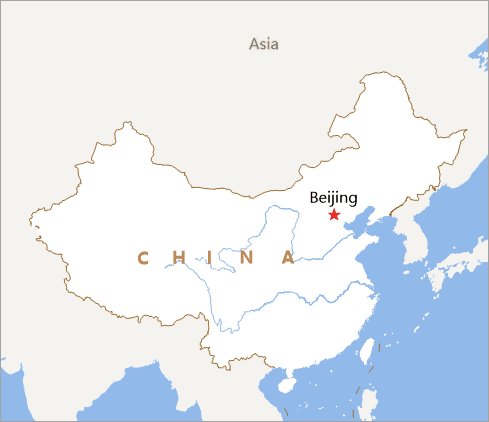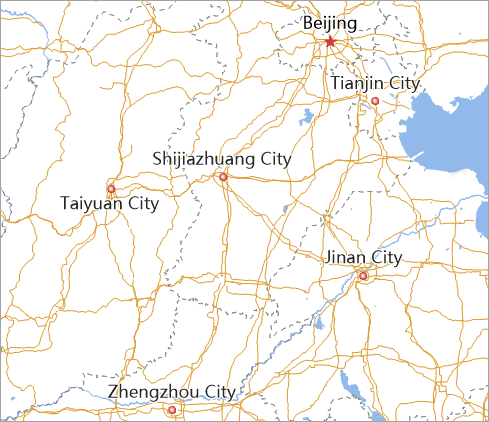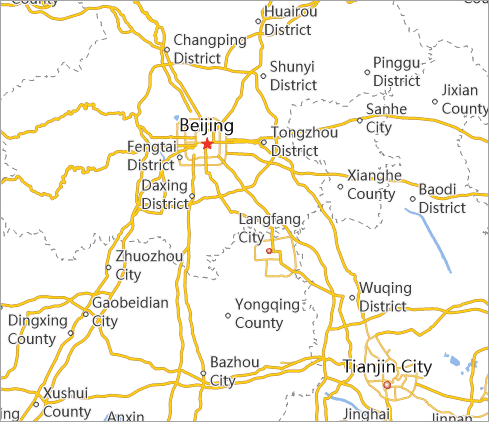The following aspects can be used to improve the efficiency of creating map caches.
1. Select proper scales
Multiple scales can be set for a map to make the most use of cache data and achieve multi level zoom. It requires consideration whether a type of feature needs to be displayed in different scales. For instance, rivers are displayed as lines when the scale is 1:100000, but they may be displayed as areas when the scale is 1:10000.
2. Cache Path Settings
For the cache to release on the server of SuperMap iServer Java 6R, the cache path of can be set as %SuperMap iServer Java_HOME%\webapps\iserver\output\cache, otherwise, the copy will take more time.
3. Optimizing the Map Display
Use antialias line or antialias text and filter small objects.
- Filter small objects in the map can improve the browsing speed without the influence on the information of the map.
- Antialias can make the lines and texts in a vector map more smooth, but this will reduce the performance. So it is needed to balance the browsing speed and visual effect.
- For complex map, smooth function or resampling can be used to avoid too many nodes.
4. Keep the consistency of the workspace
The map parameters in a workspace determines the naming of the cache images used in SuperMap iServer Java, so it is needed to keep the map used to create cache file accordance with the map to release. The parameters including map style, connections in the data, order of the layers, default scale, map extent, etc. So it is recommended not to modify the map after creating caches.
Make sure all the layers in the map are active, and all the datasets corresponding to the layers exists in the workspace, The edit (add, delete, update, etc.) of objects in the dataset will not influence the cache images not in the region been edited.
5. Set proper map cache extent and index extent
- Create caches for the regions been visited frequently, and do not create cache for the uninhabited regions.

- Set the index extent as the full extent of the map when creating map cache in to make sure it is the same with the index extent in SuperMap iServer Java. Keep the index extent as the full map when modifying the extent information of the map cache. 6. Cache images independent from output equipments
If and SuperMap iServer Java are not installed on the same computer, the map cache created with may not work appropriately if the resolution ratios are not the same. Creating caches independent form the hardware resolution ratios is supported:
- In the install directory of the application, set CustomDPIEnable=true in SuperMap.xml in the bin folder.
- In the install directory of SuperMap iServer Java, set CustomMapRatioEnable=true in SuperMap.xml in \support\objectsjava\bin.
- Make sure CustomDPIX and CustomDPIY in SuperMap.xml of and SuperMap iServer Java have the same value.
- Do not set password when creating map cache with and releasing on SuperMap iServer Java.



